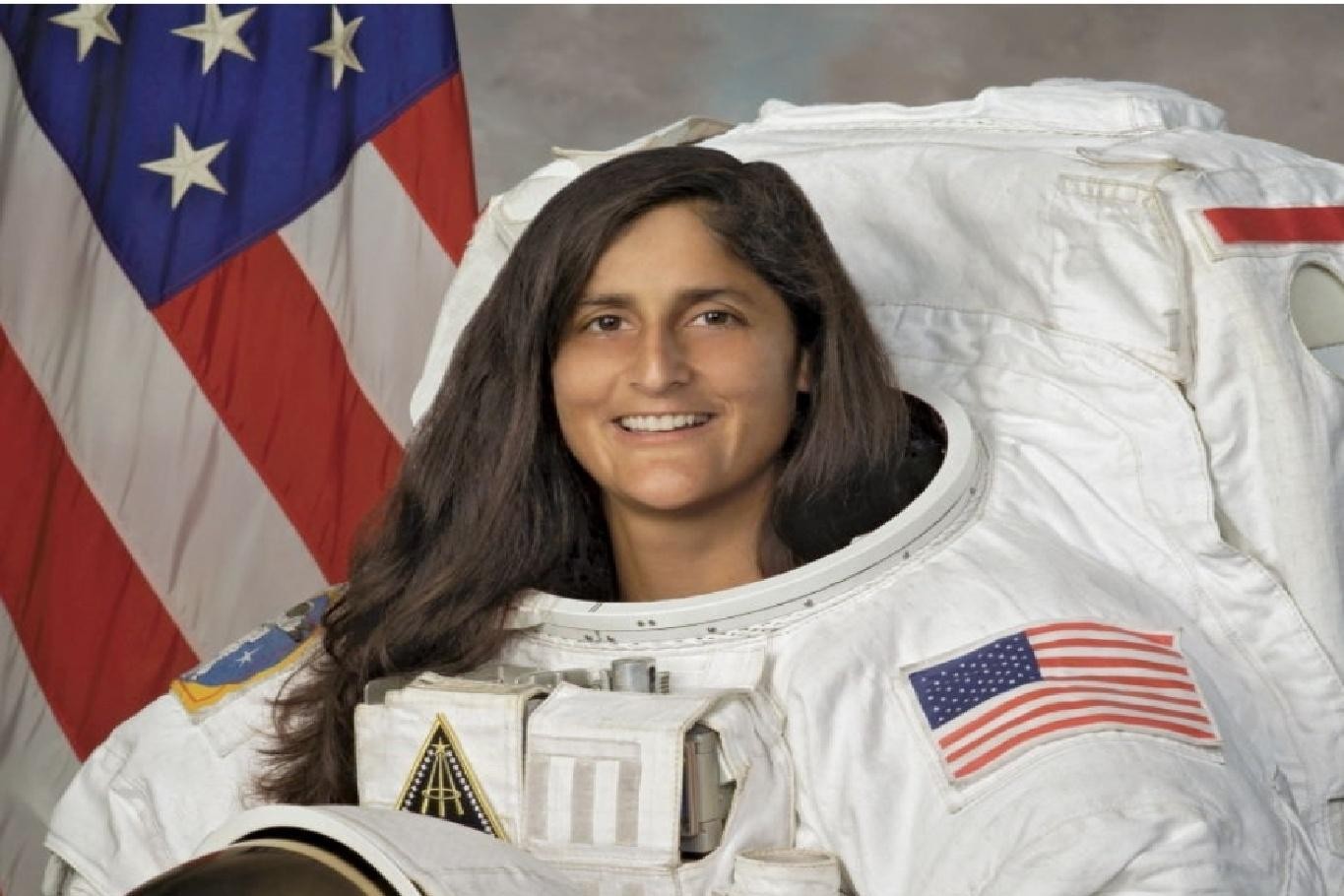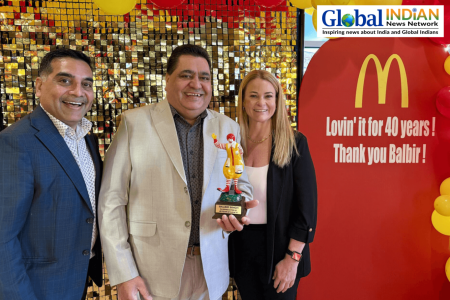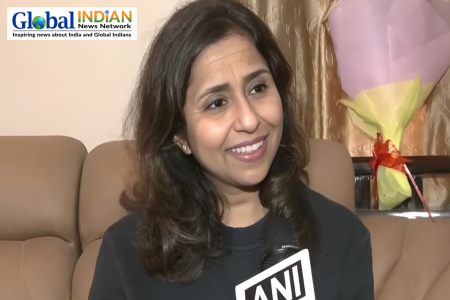
Boeing’s Starliner spacecraft, carrying astronauts Sunita “Suni” Williams and Barry “Butch” Wilmore, launched from the Cape Canaveral Space Force Station in Florida on Wednesday for a test mission to the International Space Station (ISS).
Sunita Williams, 58, an Indian American astronaut, made history as the first woman to pilot a spacecraft on its maiden voyage. This mission represents her third journey into space. Moments before liftoff, Williams radioed mission control with the message, “Let’s go, Calypso. Take us to space and back,” referring to the Starliner capsule by name. The spacecraft is set to dock with the ISS around 9:45 PM Indian Standard Time (12:15 PM ET) on Thursday.
Bonnie Pandya, Williams’s mother, conveyed her daughter’s excitement, telling NBC News that Sunita was cheerful and “so happy about going.” On Thursday morning, NASA reported that both Williams and Wilmore were actively conducting initial tests on the Starliner while in orbit. Wilmore, who took manual control of the spacecraft, described the first six hours as “absolutely fascinating” to the mission center in Houston.
The Crew Flight Test mission of the Starliner aims to certify it for regular travel to and from the ISS, a milestone already achieved by SpaceX with its Crew Dragon capsule. Upon successful arrival at the ISS, Williams and Wilmore will join Expedition 71, which includes Roscosmos cosmonauts Nikolai Chub, Alexander Grebenkin, and Oleg Kononenko, along with NASA astronauts Michael Barratt, Matt Dominick, Tracy C. Dyson, and Jeanette Epps.
NASA Administrator Bill Nelson praised the mission, calling it a historic first test flight of a new spacecraft. Elon Musk, the founder and CEO of SpaceX, congratulated Boeing on the successful Starliner launch via Twitter.
During a 2013 press conference in New Delhi, Williams mentioned she brings the Bhagavad Gita and samosas with her on space missions. After spending about a week on the ISS, Williams and Wilmore will undock and return to Earth, with a parachute and airbag-assisted landing in the southwestern United States scheduled for June 10.
NASA chief Bill Nelson described the successful liftoff as a “special moment” and a significant milestone for the future of spaceflight during a post-launch press conference. In 2014, both Boeing and SpaceX received funding from NASA’s Commercial Crew program to transport astronauts to the ISS following the retirement of the Space Shuttle Program in 2011. Boeing received over $4 billion to develop the Starliner, while SpaceX received approximately $2.6 billion.
Sunita Williams, hailing from Needham, Massachusetts, holds a physical science degree from the US Naval Academy and a master’s in engineering management from the Florida Institute of Technology. Her first spaceflight was Expedition 14/15 (December 2006 to June 2007) on the space shuttle Discovery’s STS-116 mission to the ISS. During this mission, she set a world record for women with four spacewalks.
Selected as a NASA astronaut in June 1998, Williams has spent 322 days in space over two missions, with a total of 50 hours and 40 minutes of EVA time on seven spacewalks. She has also collaborated with Roscosmos on its ISS contributions and worked with the first Expedition crew.
Barry Wilmore, 61, has accumulated 178 days in space and has 25 hours and 36 minutes of spacewalk time over four EVAs.













